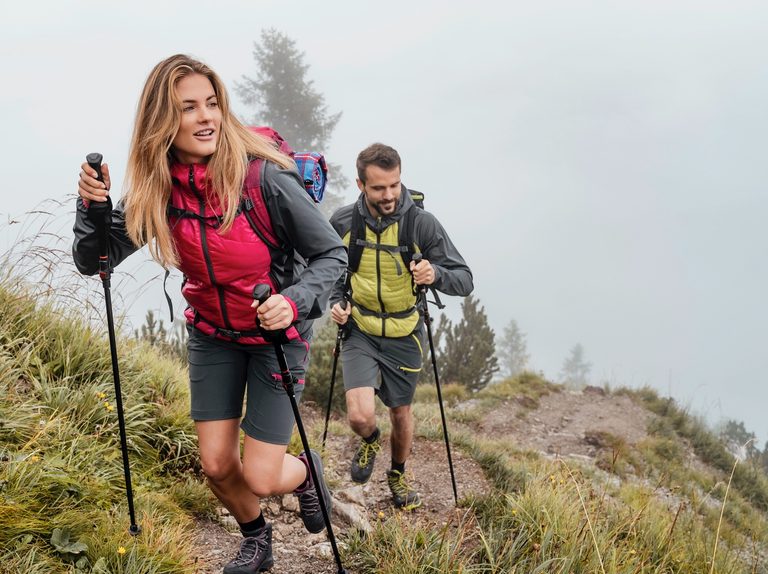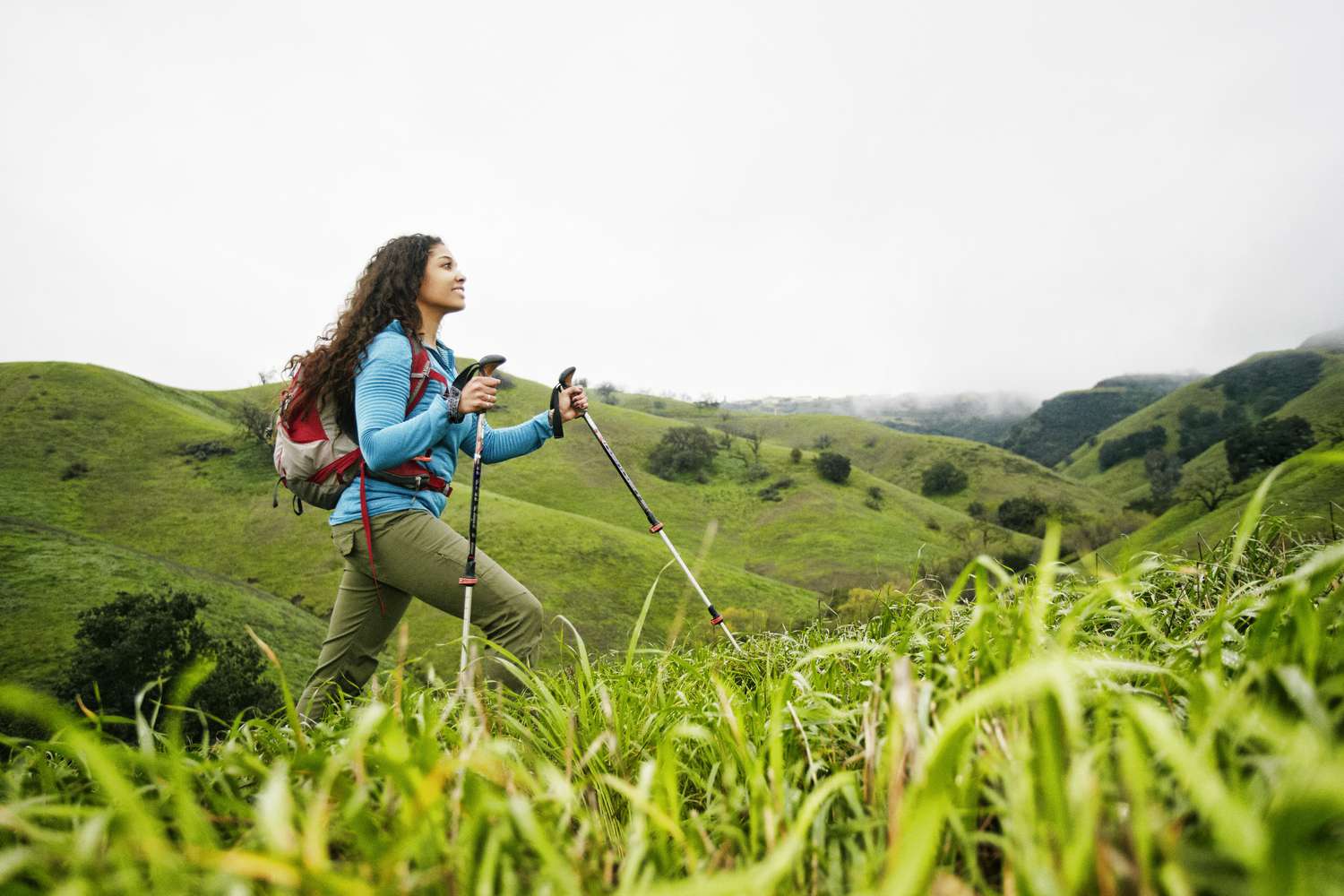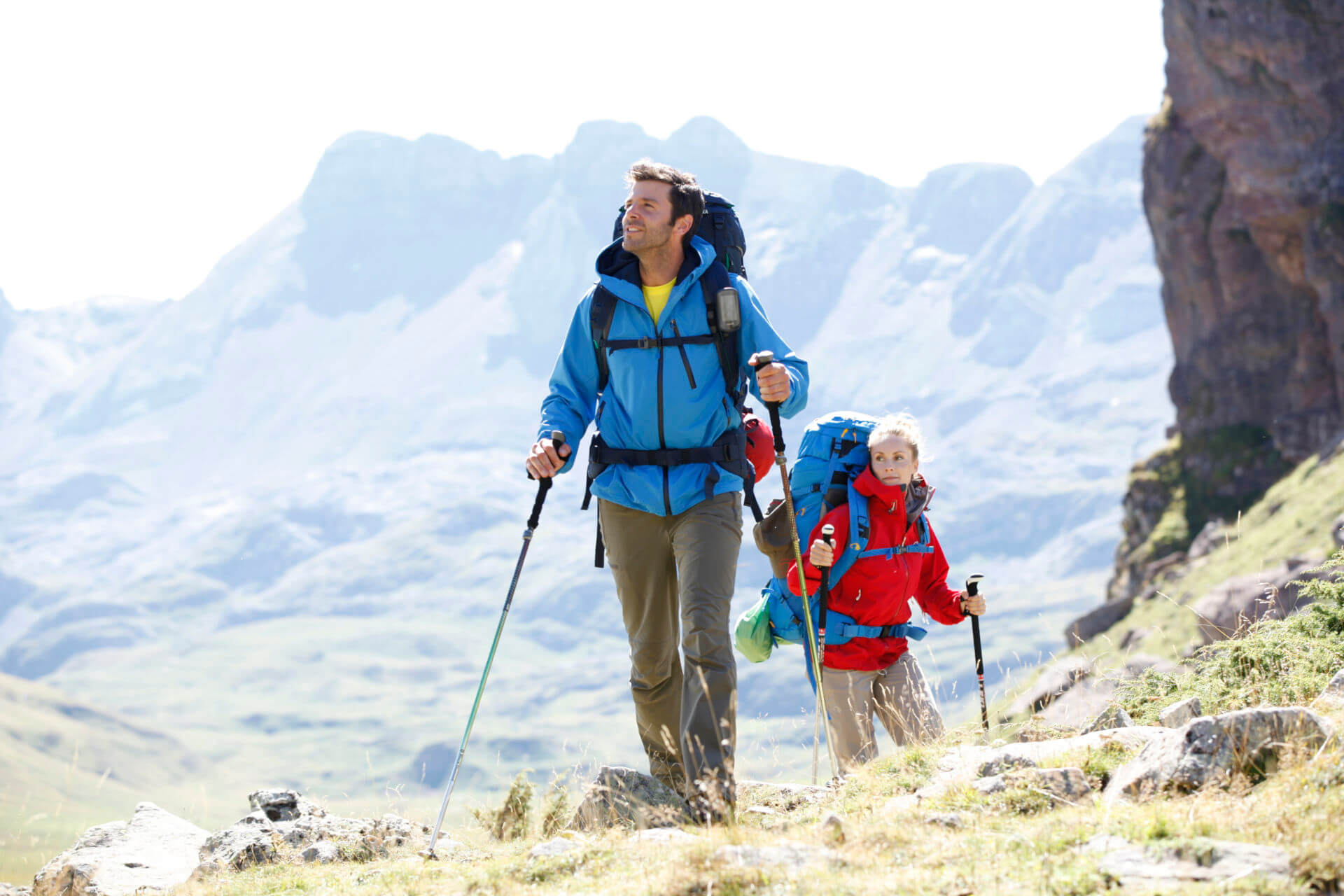I. Introduction to Walking Sticks
A. Understanding the Purpose of Walking Sticks
– Walking sticks are functional tools that provide support, balance, and stability during various activities, including walking, hiking, trekking, and mobility assistance.
– Different types of walking sticks cater to diverse needs, such as stability during walks or hikes, rehabilitation support, and mobility aid for individuals with injuries or mobility issues.
B. Brief Historical Overview of Walking Sticks
– The historical significance of walking sticks dates back centuries, where they were a symbol of social status, fashion accessories, and essential tools for travel and support.
– Historically, walking sticks have been crafted from natural materials such as wood, reflecting cultural differences in their design and use.

II. Types of Walking Sticks
A. Traditional Solid Wooden Walking Sticks
– Solid wooden walking sticks are classic and offer durability and sturdiness. They are often hand-crafted and can be bespoke for individual users, providing a personalized touch and traditional aesthetic.
– Wood options include hardwoods such as oak, hickory, or maple, each with its unique characteristics in terms of weight, strength, and flexibility.
B. Adjustable, Modern Walking Sticks with Ergonomic Grips
– Modern walking sticks often feature adjustable lengths and collapsible designs, offering convenience and portability for various settings and users.
– Ergonomic grips, made from materials like rubber, foam, or cork, provide comfort, support, and improved handling during prolonged use.
C. Specialty Walking Sticks for Hiking and Trekking
– Specialty walking sticks for outdoor activities, such as hiking and trekking, are designed with features like shock absorption, interchangeable tips, and adjustable wrist straps to enhance stability and performance on rough terrains.

III. Choosing the Right Walking Stick
A. Understanding the Correct Height and Fit
– Proper fitting of a walking stick is crucial for its effectiveness. The ideal height typically aligns with the user’s wrist crease when standing upright with shoes on to ensure optimal support and balance.
– Special considerations for individuals with mobility limitations, such as adjustable or custom-length walking sticks, are important for accommodating specific needs.
B. Considering Materials and Weight: Wood, Carbon Fiber, Aluminum, and more
– Various materials offer different benefits and drawbacks. For example, wooden walking sticks are durable and aesthetically pleasing, while carbon fiber and aluminum options are lightweight and offer advanced durability.
IV. Proper Technique and Posture
A. Holding and Gripping the Walking Stick
– Proper grip and handling of the walking stick are essential for balance and stability. Using an overhand grip or a handshake grip provides different benefits and functionality, depending on the user’s preferences and needs.
– Specialized grips, such as ergonomic, contoured, or padded handholds, aim to reduce hand strain and improve comfort during prolonged use.
B. Establishing Optimal Posture and Gait
– Incorporating a walking stick into your posture encourages an upright gait, engaging the core muscles and aligning the body for balanced and coordinated movement.
– Proper usage involves positioning the walking stick at a comfortable angle and rhythmically coordinating its movement with the natural motion of walking for efficiency and stability.

V. Practical Tips for Using Walking Sticks
A. Walking on Different Terrains: Uphill, Downhill, and Level Ground
– Uphill and downhill walking techniques provide guidance on how to distribute weight and use the walking stick for support and stability, especially on challenging gradients.
– Maintaining stability and balance during level ground walking ensures the efficient use of the walking stick for increased mobility and reduced impact on joints.
B. Navigating Obstacles and Uneven Surfaces
– Techniques for safely navigating obstacles, such as rocks, roots, or curbs, involve strategic placement and usage of the walking stick for stability and weight distribution, reducing the risk of trips and falls.
– Adapting to uneven surfaces, including gravel paths or forest trails, requires utilizing the walking stick to anticipate and accommodate changes in terrain for improved stability and safety.
VI. Fitness and Exercise with Walking Sticks
A. Incorporating Walking Sticks into a Daily Fitness Routine
– Engaging in activities such as Nordic walking or power hiking with walking sticks provides a full-body workout, promoting cardiovascular health, muscle toning, and calorie burning.
– Including walking sticks in fitness routines supports balance and stability, making low-impact activities accessible and beneficial for individuals with varied fitness levels or physical limitations.
B. Engaging Core Muscles and Improving Stability
– Utilizing walking sticks activates core muscles, providing additional resistance and enhanced stability for improved posture, balance, and muscle engagement.
– Specialized exercising techniques, including stretching, resistance training, and coordination exercises, enable users to derive maximum benefits from incorporating walking sticks into their fitness regimen.

VII. Care and Maintenance of Walking Sticks
A. Cleaning and Storing Walking Sticks
– Proper cleaning and maintenance routines, tailored to the specific material of the walking stick, ensure its longevity and performance. Storage considerations, such as protecting against moisture and direct sunlight, prolong the lifespan of the walking stick.
– Maintaining cleanliness and inspecting for wear and tear prevent potential issues and ensure that the walking stick is safe and functional for continued use.
B. Repairing and Retaining Optimal Performance
– Addressing minor damages, such as worn tips or loose fittings, through simple repairs and replacements prolongs the usability and safety of the walking stick.
– Periodic assessments and preventative maintenance, such as checking for cracks or weakened areas, are essential for preserving the integrity and performance of the walking stick.
VIII. Special Considerations and Adaptations
A. Using Walking Sticks for Rehabilitation and Mobility Support
– Walking sticks function as supportive aids for individuals recovering from injuries, surgeries, or mobility impairments, allowing for improved balance, confidence, and independence during rehabilitation.
– Custom adaptations, including specialized grips, adjustable lengths, or additional support features, cater to the unique needs of individuals with varying levels of mobility challenges.
B. Tips for Traveling and Transporting Walking Sticks
– Guidelines for packing, transporting, and storing walking sticks during travel adapt to the specific modes of transportation and ensure convenience and protection against damage or loss.
– Special considerations for navigating airports, public transportation, and outdoor excursions provide practical solutions for seamlessly incorporating walking sticks into travel itineraries and activities.

IX. Conclusion and Further Learning
A. Summary of Key Takeaways
– A comprehensive summary of key considerations, techniques, and practical tips for mastering walking stick usage underscores the importance of understanding, choosing, and utilizing walking sticks for varying needs and activities.
B. Additional Resources and Advanced Techniques for Walking Stick Usage
– Recommendations for further learning, including advanced techniques, specialized training programs, and community resources, extend opportunities for individuals to enhance and expand their skills and knowledge in walking stick usage.
This detailed guide encompasses a comprehensive exploration of walking stick usage, offering practical advice and insights across various aspects to aid individuals in maximizing the benefits of walking sticks in their daily activities and for specialized purposes.